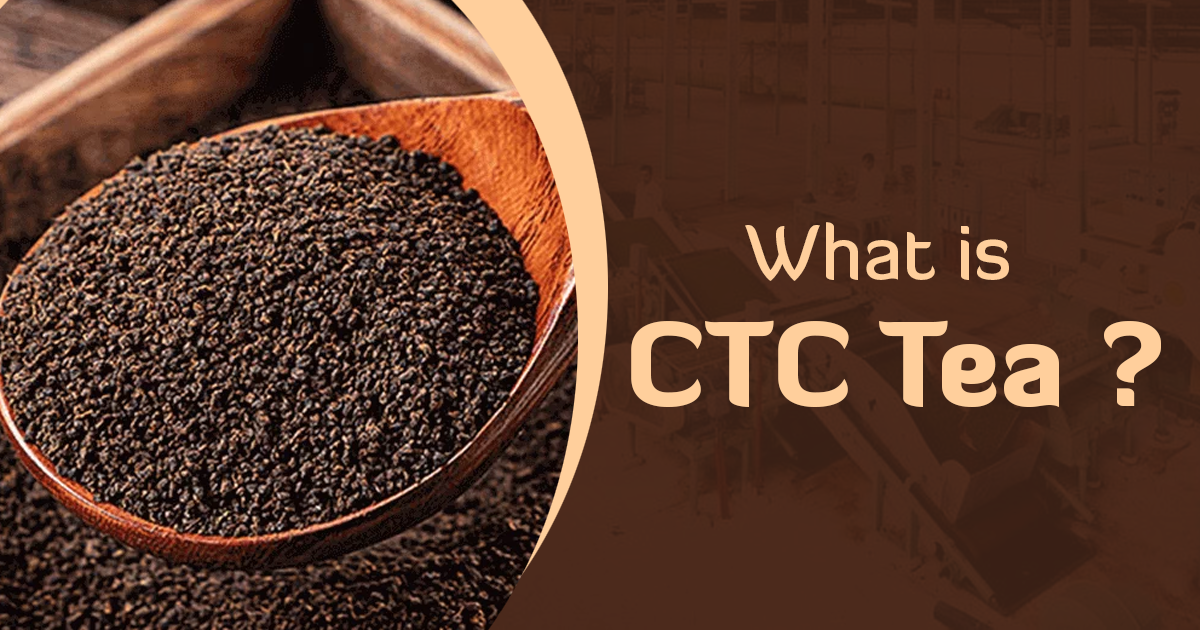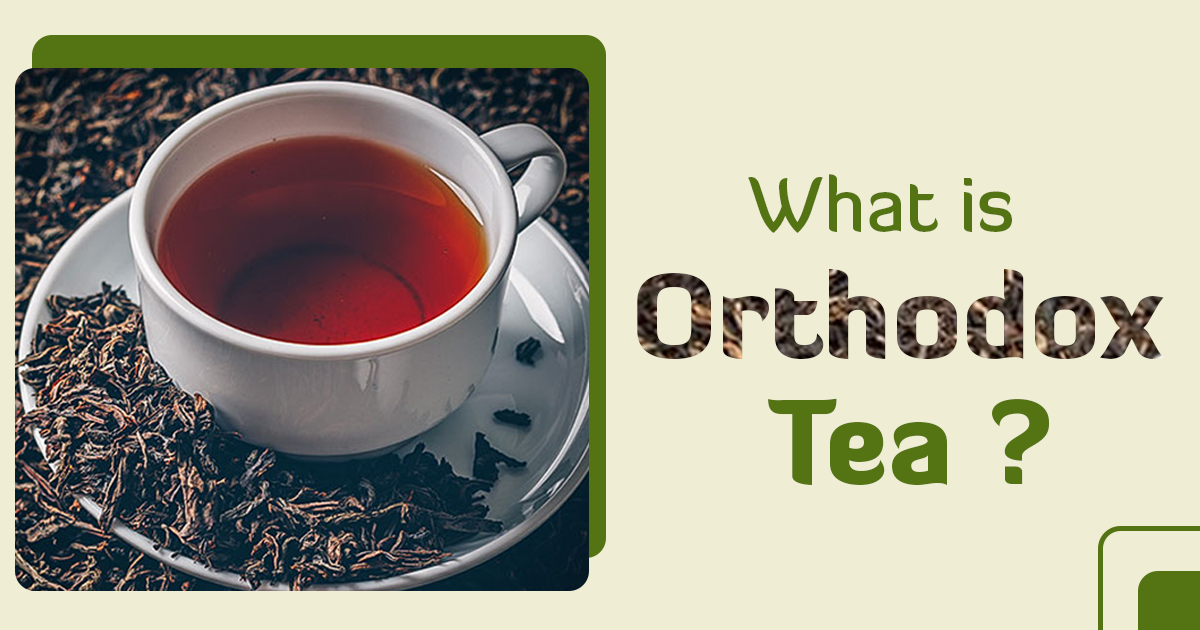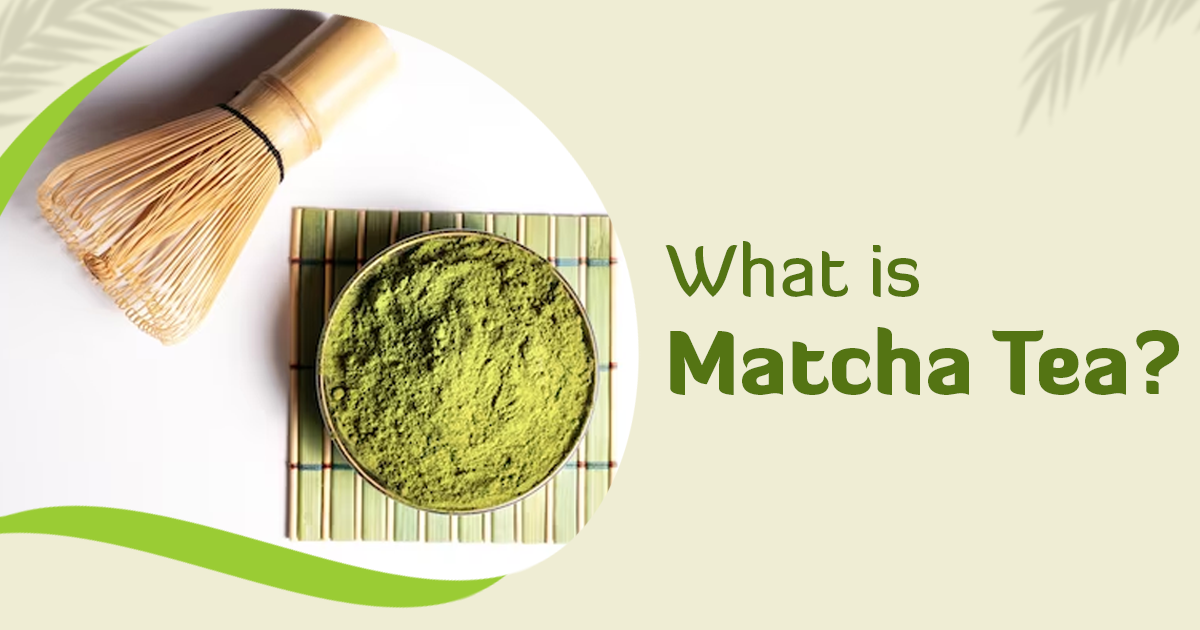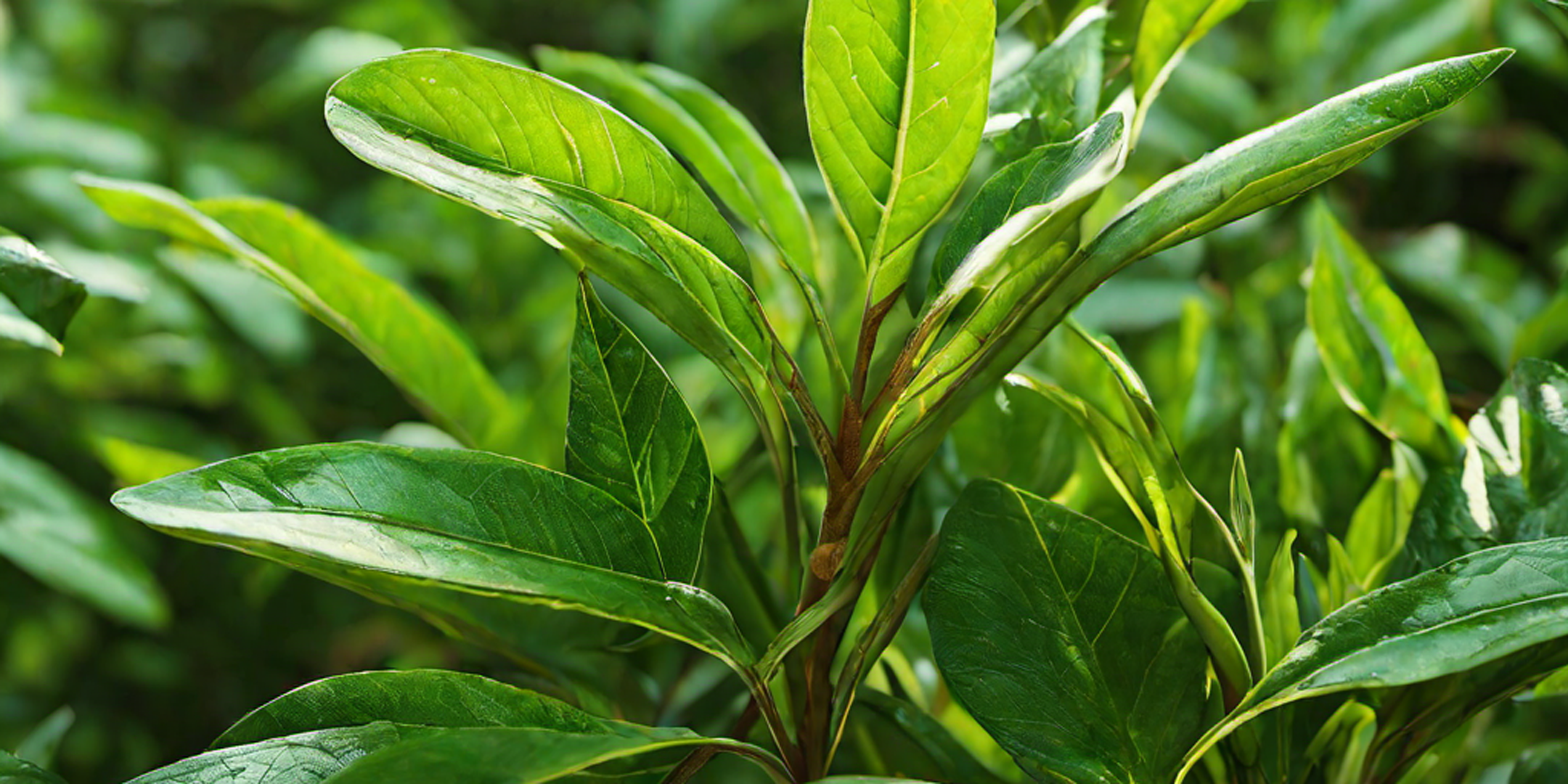Introduction
CTC tea, also known as Crush, Tear, and Curl tea, is a popular type of black tea that has gained worldwide recognition for its unique production process and distinct flavor profile. In this comprehensive guide, we will delve into the history, processing techniques, types, and health benefits of CTC tea. Whether you are a tea enthusiast or simply curious about this renowned beverage, this article will provide you with all the information you need to understand and appreciate CTC tea.
The Origins of CTC Tea
The journey of CTC tea began in the 1930s when Sir William McKercher, the superintendent of Amgoorie Tea Estate in Assam, India, invented the CTC tea manufacturing process. At that time, Chinese tea plants were unable to thrive in the hot climate of Assam, leading to the cultivation of local tea plants and the development of the CTC method. This innovative approach revolutionized the tea industry, and by the 1950s, CTC tea production had spread to other regions, particularly in Africa. Today, CTC tea is the most widely consumed tea in the world, appreciated for its robust flavor and quick infusion properties.
The CTC Tea Manufacturing Process
The CTC tea manufacturing process involves several steps that contribute to its unique characteristics. Now, let's examine each stage more closely:
Withering Process
The first step in CTC tea production is withering. After the tea leaves are plucked from the tea shrubs, they undergo a withering process to reduce their moisture content. This withering phase helps prepare the leaves for further processing and enhances their flavor and aroma.
Maceration of Leaves
Next, the tea leaves go through a process called maceration. This step involves shaking the leaves at the edges to facilitate faster oxidation. By exposing the leaves to atmospheric oxygen, the enzymes within the leaves are activated, leading to the development of desired compounds and flavors.
Crushing, Tearing, and Curling
The hallmark of CTC tea is the crushing, tearing, and curling process. The tea leaves are passed through a machine with cylindrical rollers equipped with sharp teeth. As the leaves move through the rollers, they are crushed, torn, and curled into small pellets. This unique method enhances the extraction of flavor and allows for a quicker infusion when brewing the tea.
Oxidation Process
After the leaves have been crushed, torn, and curled, they undergo an oxidation process. This chemical reaction, triggered by exposure to oxygen, darkens the leaves and develops the characteristic flavors associated with CTC tea. The oxidation level can be controlled to produce different flavor profiles, ranging from mild to bold.
Drying Process
The final step in CTC tea production is drying. The tea leaves are carefully dried to remove excess moisture and stabilize the flavors. Proper drying ensures that the tea maintains its quality and shelf life. The dried CTC tea leaves are then sorted based on size and grade.
Grades of CTC Tea
CTC tea is available in various grades, each offering unique characteristics and flavor profiles. Here are some of the common grades of CTC tea:
Whole Leaf
Whole-leaf CTC tea consists of intact, larger-sized leaves. This grade produces a strong and flavorful cup of tea, often preferred by those who enjoy a bold and robust taste.
Broken Leaf
Broken-leaf CTC tea consists of smaller-sized leaves that have been broken during processing. This grade offers a balance between strength and flavor, providing a satisfying cup of tea.
Fannings
Fannings grade CTC tea consists of smaller leaf particles that infuse quickly and produce a strong, brisk cup of tea. This grade is commonly used in tea bags and is favored for its convenience and rapid infusion properties.
Dust
Dust-grade CTC tea consists of fine particles that infuse rapidly, producing a strong and bold cup of tea. This grade is often used in tea bags and is valued for its quick brewing time.
Flavor Profile of CTC Tea
CTC tea is known for its distinctive flavor profile, characterized by its boldness, richness, and malty notes. When brewed, CTC tea produces a dark liquor with a robust and full-bodied taste. The flavor profile can vary based on the specific grade of CTC tea, with whole-leaf grades offering a stronger and more nuanced taste compared to smaller-leaf grades.
Brewing CTC Tea
Brewing CTC tea is a straightforward process that allows you to enjoy its rich flavors and aromas. Here's a step-by-step guide to brewing the perfect cup of CTC tea:
Boil fresh water and let it cool slightly to the recommended temperature, usually around 95°C (203°F).
Measure the desired amount of CTC tea leaves, typically one teaspoon per cup.
Put the tea leaves in a pot or strainer.
Pour hot water over the leaves to cover them completely.
Let the tea steep for 3-5 minutes, adjusting according to your desired strength.
Filter out the tea leaves and delicately pour the brewed infusion into cups.
Add milk and sweetener, if desired, and enjoy the rich and flavorful cup of CTC tea.
The Health Benefits of CTC Tea
CTC tea offers several health benefits, making it a popular choice among tea enthusiasts. Here are some of the potential health benefits associated with CTC tea:
Antioxidant-Rich
CTC tea contains antioxidants that help protect the body against free radicals, reducing the risk of chronic diseases such as heart disease and cancer.
Hydration and Digestion
Drinking CTC tea can contribute to hydration and aid in digestion. The beverage provides a refreshing way to stay hydrated while promoting healthy digestion.
Energy Boost
With its higher caffeine content compared to other types of tea, CTC tea can provide an energy boost and improve alertness and focus.
Skin Health
CTC tea contains vitamins and antioxidants that promote healthy skin, helping to keep it hydrated and nourished.
It's important to note that while CTC tea offers potential health benefits, moderation is key. Excessive consumption of caffeine or additives like milk and sweeteners may have adverse effects on certain individuals.
Where to Buy CTC Tea
CTC tea is readily available in various forms, including loose-leaf and tea bags. You can find CTC tea at specialty tea shops, online tea vendors, and even local grocery stores. When purchasing CTC tea, consider the grade, origin, and quality to ensure you are getting the best possible tea experience.
Conclusion
CTC tea, with its unique production process and bold flavor profile, has captured the hearts of tea lovers worldwide. From its origins in Assam, India, to its widespread popularity today, CTC tea continues to be a staple in tea-drinking cultures. Whether you prefer a strong cup of Assam CTC or enjoy the convenience of CTC tea bags, exploring the world of CTC tea is a delightful journey of flavor and discovery. So, brew a cup of CTC tea, savor its robust taste, and embrace the rich heritage behind this beloved beverage.
Some Additional Information:
CTC tea is often used as the base for popular tea blends like English Breakfast and Masala Chai.
Assam CTC tea is known for its bright golden color and malty taste.
CTC tea is widely consumed in India and is an integral part of Indian culture, especially in the form of Masala Chai.
The CTC manufacturing process allows for a more cost-effective production compared to traditional orthodox tea processing methods.
CTC tea is a popular choice for those seeking a strong and flavorful cup of tea that brews quickly.




